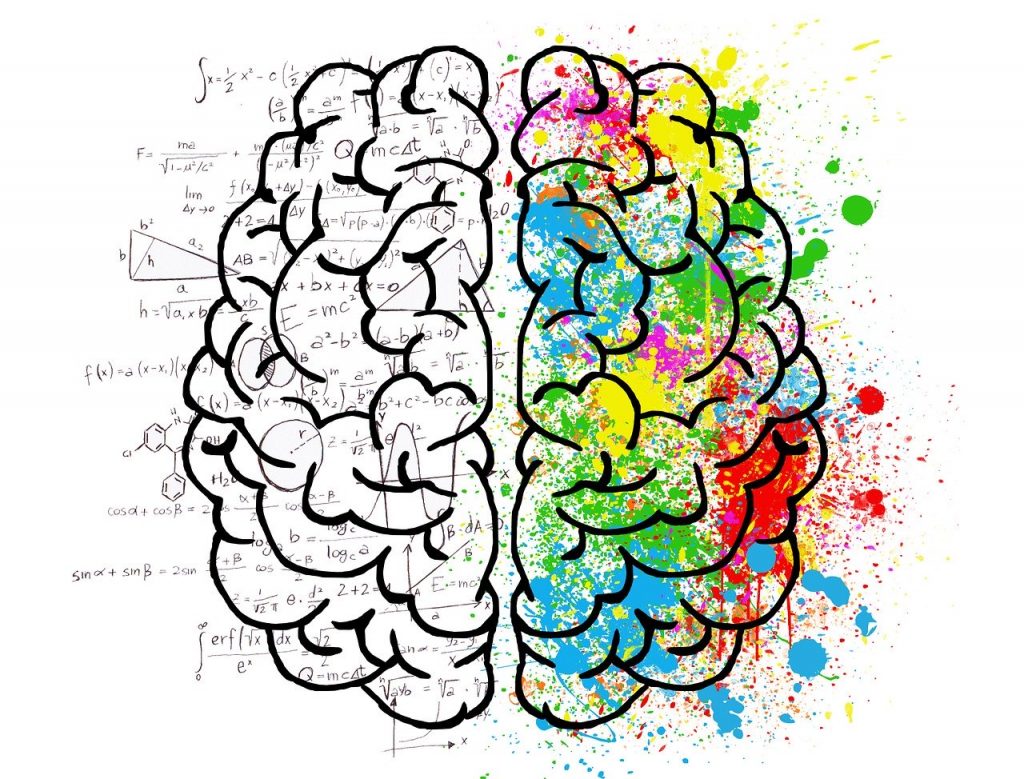TYPE
Clash of Perspectives: The Conflict Between Gut Feeling and Data Analysis
Making decisions purely based on facts does sound good as it may reflect on the intellect and amount of effort put in coming to a particular conclusion. However, there is no such thing as an "entirely logical" decision. It should always involve the right combination of emotion and data analysis.
One often comes across situations where facts and figures suggest to move in a particular direction, but the mind isn’t prepared for it. It is difficult to be fully convinced that the path suggested by existing statistics is the right choice.
What Drives This Conflict?
The clash between instinct and data analytics is evident in every aspect of human life, including one’s business environment. Organisations being led by diverse personalities – some prioritising the gut instinct over facts, while others following “show me the data” approach.
This conflict is driven by past experiences that have shaped the thought process of an individual, who’s confident enough to defy the analysis being thrown from the other side. The gut feeling is nothing but a sixth sense; it is about skill, expertise and human training.
While artificial intelligence has shown its potential to significantly reduce human effort, it is important to accept the complexity in human nature – far beyond any hypothesis or algorithm’s ability to capture.
(Source: Data-Driven Decision Making, happyfox.com)
Understanding Different Use Cases
Taking an example from the startup ecosystem – a founder’s profile, from the outset, may indicate relevant experience, successful exits in the past and thus strong ability to lead the business towards growth. However, in a meeting with potential investors - the body language, tone and approach towards business may suggest otherwise. In this case, prevailing facts and figures on the founder’s background may not convince the investor to commit time and money to the venture.
Having said that, while simply following the gut may lead to quick decision making, one’s past experiences and expertise also brings an element of human bias – leaning the decision towards a particular side. This limits the scope for following the gut in highly important decisions – where human judgement cannot be solely relied upon.
For example, in the judicial system of many countries, past judgements are often used as the basis for drawing conclusions and setting a precedence for an ongoing case. Here, previous court rulings are analysed and referred to by lawyers – to convince the judge that the decision should be made in their favour. These previous rulings often carry high weightage and act as benchmarks for various subsequent cases.
Not only the judiciary, even in the banking industry - data on consumer preferences, credit ratings and predictive analysis on inflation and household income – is now allowing banks to offer more personalised lending products to their customers.
Conclusion
Taking positives from both sides:
· An AI machine is capable of learning and evolving continuously with new use cases being fed into its algorithm.
· Human instinct is a result of generations of survival, shared and learned expertise – giving rise to uniqueness across personas.
The question then arises – is data better than gut feel, or should we put higher value on human intuition and skill?
The answer lies in a balanced approach – it is about two streams coming together to form the best possible solution. Business leaders should keep following their gut in combination with advanced data analytics.
A blended approach allows room for adaptive problem solving, where data-backed results could be used to validate the intuition and evolve business strategy accordingly. It reduces the chances of making mistakes as the problem statement is viewed from different angles.
The verdict is still open…

 SUBSCRIBE
SUBSCRIBE
